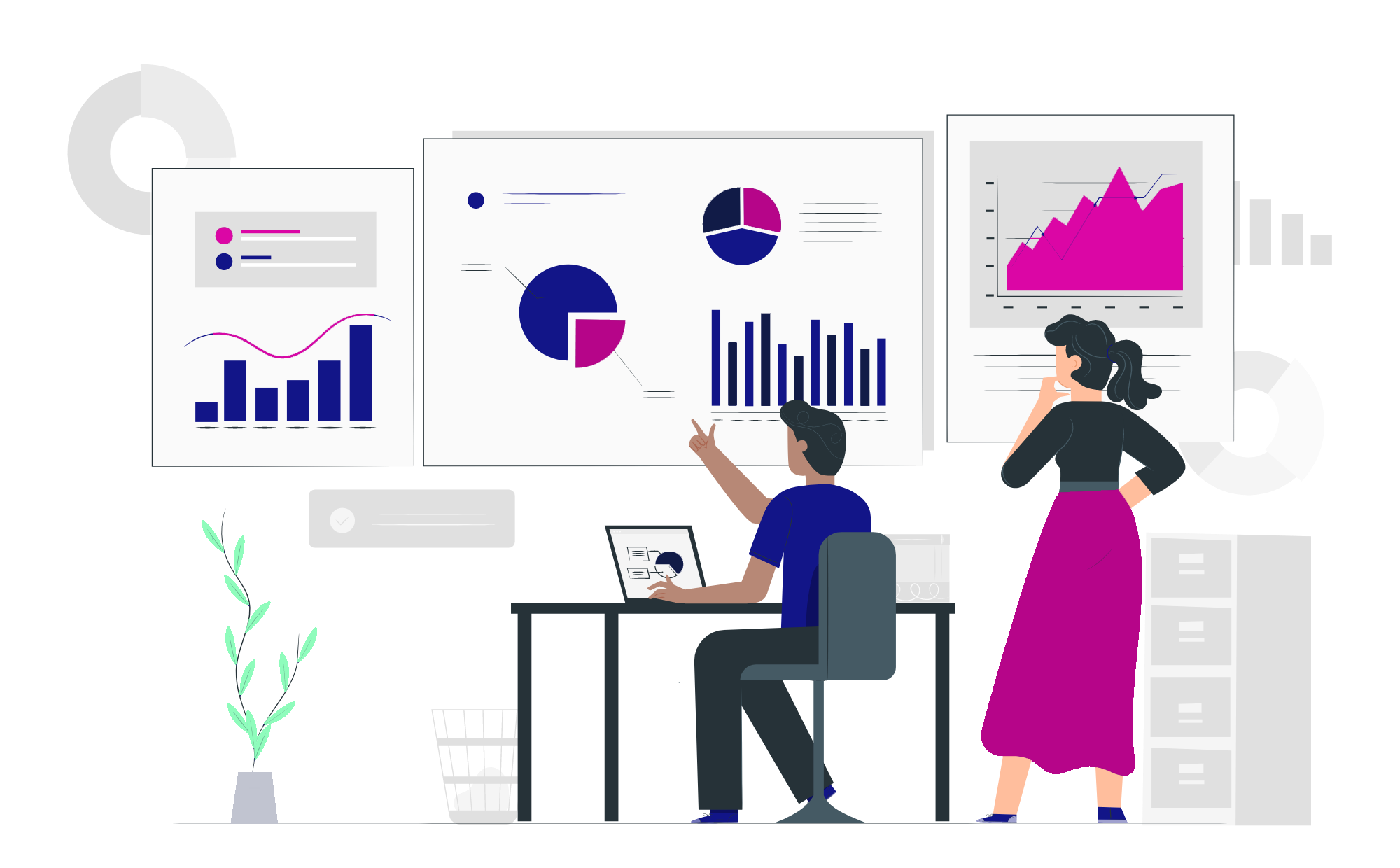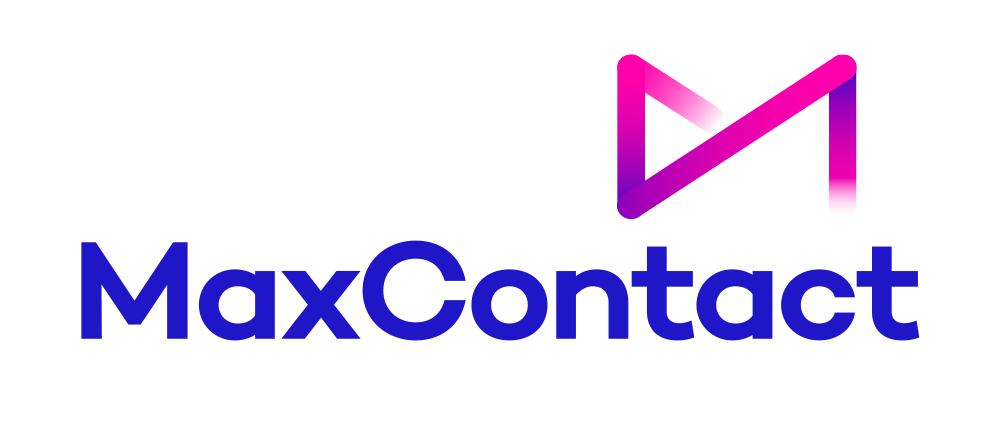Top 10 KPIs and Metrics for Call Centres

Call centres are an important part of any company. Geared towards customer service, they are often the first point of contact a customer has with a firm.
Call centres present a unique opportunity to turn an unhappy customer into a satisfied one, therefore ensuring great word-of-mouth marketing. In short, a call centre's effectiveness means a thriving business.
Tackling volume and delivering an exceptional customer experience demands more than just a vague approach; you need to make sure you have a clear understanding of call centre KPI benchmarks.
Unfortunately, many managers don't have the firmest grasp of today's key performance indicators. Knowing what they are and what you should expect to see can make it simpler to chart a path towards a customer service outfit that meets and exceeds expectations.
How Is Call Centre Efficiency Measured?
Call centre efficiency is measured against determined goals as defined by each department. The metrics reveal whether the goals have been achieved.
If not, the KPIs may offer valuable insight into how these objectives can be reached. Here are some examples of how you can measure call centre efficiency:
1. Set Up a Goal
It is only possible to measure data with a clear target. Each business department typically sets its own goals.
Finance, for example, may be looking to minimise call centre costs, while management may be more interested in optimising agent training.
As for marketing, they may be focused on creating repeat customers; customer satisfaction may be paramount to them.
Once the respective goals have been set, KPIs will show whether a company is achieving them or what needs to be done.
2. Compare the Metrics
A single call centre KPI on its own only tells part of the story. You want to compare several metrics between various sets over time.
For example, average queue time is linked with call abandonment time. When customers wait too long, they will eventually hang up.
This number is also related to the number of agents you have and their training—well-trained agents will finish calls faster.
3. Analyse the Metrics
Metrics and call centre KPIs can tell you how well your call centre performs. When you measure metrics, you can analyse them to evaluate the call centre's productivity and efficiency.
Metrics can indirectly reflect on other business components. A new service launch, for example, often leads to increased calls to the call centre.
The call centre KPIs will act as a forerunner, showing you how well-prepared the call centre is and how your customer base responds to the new service.
4. Share the Data with Teams
Different teams will conclude data, so you should share your findings with all business teams. The overall business productivity depends on all teams working together and complementing each other.
5. Review Findings
Findings are snapshots. You want to review them, make adjustments, and then run new metrics to assess your progress towards greater efficiency and customer satisfaction.
Analysing your call centre metrics and KPIs can strengthen your business. For example, long handling times may suggest that problems with your product or service need to be addressed at a different level.
To correctly identify the problem, you must ask your agents the most common questions and complaints.
What Do Metrics Mean in a Call Centre?
Key Performance Indicators (KPIs) are measurable values that organisations use to track and evaluate how effectively they are achieving specific business objectives. They act as performance “benchmarks,” helping teams understand whether they’re on track to meet their goals.
KPIs are used for anything in business, from personal evaluations to sales. In the context of call centres, KPIs help businesses assess if a call centre delivers the best possible customer service at the lowest cost.
Metrics in call centres measure all aspects of the interaction between agents and customers. They track the time, responsiveness, and resolution of calls with measurable data that can be compared across departments and throughout time.
It should be stressed that only some metrics are applicable in all scenarios. For example, inbound call centre KPIs may differ from outbound ones.
10 Call centre KPIs that Your Businesses Should Track
More than half a dozen benchmarks have become industry standards within customer support call centres. These standards provide a baseline for understanding an acceptable level of service, what fails to provide customers with good results, and what qualifies as exceptional. Let's look at each of these in turn.
1. Average Speed to Answer
Average Speed of Answer (ASA) is a call centre metric that measures the average time it takes for a call to be answered by an agent after entering the queue. It includes the time a caller spends waiting in the queue but excludes time spent navigating automated menus (IVR). A lower ASA indicates that customers are being connected to agents more quickly, which is generally linked to higher satisfaction and more efficient service.
Average wait times can vary dramatically depending on the industry. Research from Microsoft shows that the energy sector faces the biggest challenge, with customers waiting an average of 35 minutes and 34 seconds.
By contrast, the telecommunications sector performs the best, with an average wait time of just 2 minutes and 3 seconds. While this is faster, it is still six times longer than the recommended 20-second wait time, highlighting room for improvement even among the top performers.
Staff availability has the biggest impact on this metric. Long wait times can drive up abandonment rates and drive down customer satisfaction. If your average time to answer is too high, it might be time to bring in additional staff.
2. Percentage of Calls Blocked
The percentage of calls blocked reflects the number of customers who wait in line, don't hang up, but are stopped from reaching an agent. For example, customers may be asked to call again or be redirected to an IVR self-service menu.
Picture a customer reaching out for support only to be met with a busy signal. It’s a frustrating experience for them and a missed opportunity for your business to earn trust.
That’s why the percentage of calls blocked is such an important metric—it highlights how many potential interactions were lost before your team even had the chance to help or make a positive impact.
Too many calls blocked means your agents are not handling phone calls adequately, or you need more agents.
3. Net Promoter Score (NPS)
Net Promoter Score (NPS) measures customer loyalty by asking how likely a customer is to recommend a company. Responses classify customers as promoters, passives, or detractors, and the score is calculated by subtracting detractors from promoters.
Once responses are collected, customers are grouped into three categories:
- Promoters (9–10): Loyal advocates who are likely to recommend your business and continue purchasing.
- Passives (7–8): Generally satisfied but uncommitted customers who could be tempted by competitors.
- Detractors (0–6): Dissatisfied customers who may share negative feedback and harm your reputation if concerns go unresolved.
Net Promoter Score is calculated by subtracting the percentage of detractors from the percentage of promoters. For instance, if 20% of respondents are detractors, 10% are passives, and 70% are promoters, your NPS would be 50 (70% – 20%).
For call centres, NPS provides a customer-focused view of service quality, helping identify training needs, track trends in satisfaction, and align agent performance to build long-term loyalty.
4. Average Call Abandonment Rate
The average call abandonment rate (or AAR) measures how many customers hang up the phone before an agent answers it. If this rate is high, customers are frustrated waiting in line and hanging up.
A very high AAR can indicate service quality issues and is often linked to a low service level, whereas a low AAR shows that your team is responding efficiently to customers. To reduce AAR, prioritise simple, intuitive menu options and intelligent call routing.
Using an Interactive Voice Response (IVR) system may also further reduce customer frustration while freeing up agents’ time.
5. First Call Resolution
FCR, or first contact resolution, is a metric used in customer service and call centres to measure the percentage of customer issues that are resolved on the first interaction, without the need for follow-up calls, emails, or escalations.
A higher FCR indicates more effective customer service from your agents and translates to better consumer sentiments. According to the Service Quality Measurement (SQM) Group, the industry standard for first-call resolution ranges from 70 to 75%, but measurement methods vary.
We recommend categorising call resolutions by both call type and subject to gain a more accurate measure of your team’s effectiveness.. While overall FCR could be lower, targeted FCR could exceed standards. Look at your most essential calls, are you succeeding early and often?
6. Quality Assurance
Are your agents meeting the quality standards you’ve set? Quality assurance (QA) and scoring provide valuable insights into overall performance. QA involves reviewing a random sample of calls and evaluating them against criteria such as script adherence, customer interaction, call resolution, and other relevant metrics.
Typically, standards suggest sampling around four calls per agent each month, aiming for a quality score of 75–90%. Improving staff training, using better call support software, and increasing the number of sampled calls can help your team consistently exceed these standards.
7. Average Handle Time
Average handle time is a closely monitored metric as it can be used to estimate agents' productivity. It measures how long each phone call lasts, including hold time.
For your call centre to be productive, you must find the perfect balance between customer satisfaction and average handle time.
If calls are rushed and processed too quickly, customers feel overlooked. On the other hand, calls that take too long may suggest that agents need to be more productive or have the proper templates to deliver results.
Although handling times vary considerably between industries, according to Zendesk, a good average handle time is around six minutes.
Making sure staff have access to customer information and the right tools means that they can make quick changes without the need for escalation. This leads to quicker calls without unnecessary delays.
8. Average After-Call Work Time
Average After-Call Work Time (ACW or AAWT) is a call centre metric that measures the average time an agent spends completing tasks related to a call after the conversation with the customer has ended.
Calls often require after-call work. Your agents, for example, may be required to fill out certain forms, answer questions, compile reports, etc.
You want the after-call work time to be minimal so that your agents can readily take the next call. Your goal is to maximise your agents' time.
Long after-call work times mean your agents need more training or more templates and procedures they need. You should examine your processes and determine if they are too time-consuming, eating into your agents' call times.
9. Customer Satisfaction Score (CSAT)
CSAT is a metric that measures how satisfied customers are with your service. This metric is usually measured through surveys, in which customers are asked to rate their satisfaction on a scale of 1-5 or 1-10.
To improve your CSAT scores, you could try to reduce wait times, focus on agent training or personalise customer interactions.
Based on their scores, respondents can be grouped into the following categories:
Very Satisfied: Customers who had an excellent experience and feel their expectations were exceeded. They are highly likely to become loyal advocates for your brand.
Satisfied: Customers who had a positive experience and feel their needs were met. They may not be outspoken promoters, but they are generally content with your service.
Neutral: Customers whose experience was average, neither positive nor negative. While they are not dissatisfied, they are unlikely to show strong loyalty and may be easily influenced by competitors.
Unsatisfied: Customers who feel their expectations were not met and are disappointed with the service. Taking action to resolve their concerns is key to preventing churn.
Very Unsatisfied: Customers who had a poor experience and may be frustrated. Their negative perception can harm your brand’s reputation, so it is important to address their issues quickly and effectively.
Top Tip: Conversational Voice AI software can improve CSAT scores by reducing wait times, providing faster resolutions, and delivering more personalised interactions.
Customer Churn Rate
Customer Churn Rate is a key performance indicator that measures the percentage of customers who stop doing business with a company over a given period. In the context of call centres, churn rate reflects how effectively customer service contributes to retaining clients.
A high churn rate often highlights dissatisfaction, unresolved issues, or stronger competition, while a low churn rate suggests that customers are receiving the support and experience they expect.
The metric is typically calculated by dividing the number of customers lost during a specific timeframe by the total number of customers at the start of that period, then multiplying by 100 to express it as a percentage.
For example, if a business begins the month with 1,000 customers and loses 50, the churn rate is 5%.
Monitoring churn is important because retaining customers is generally more cost-effective than acquiring new ones. Tracking this KPI means that call centres can identify common pain points in the customer journey, address service gaps, and implement strategies that improve satisfaction and reduce the likelihood of customers leaving.
Measure Your Call Centre Success with MaxContact
Call centres must balance customer satisfaction against agents' productivity. Call centre metrics and KPIs measure how your call centre is performing and whether it’s achieving its goals.
To maximise the benefits for your company, you need a trusted partner. MaxContact has the answers for all your call centre needs.
We deliver the tools your business requires alongside valuable business analytics.
We have set the benchmark for contact centre platform stability with 99.999% uptime, so you can be sure that lengthy outages will heavily impact your campaigns.
Over a hundred successful customers already trust MaxContact worldwide. Schedule a MaxContact demo and be one of them! We look forward to hearing from you!
.png)
From the blog








